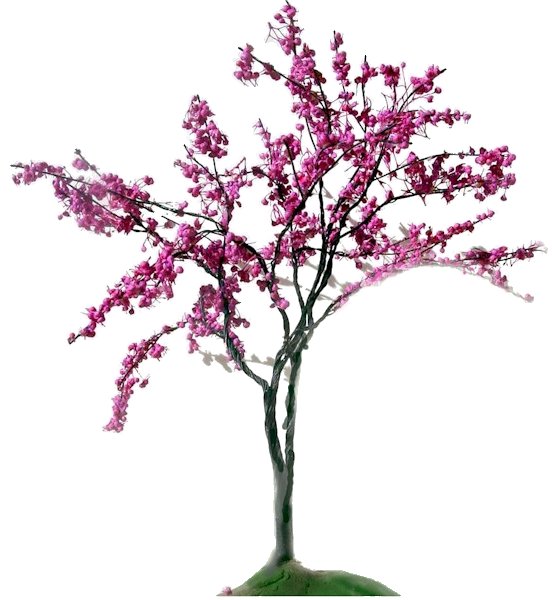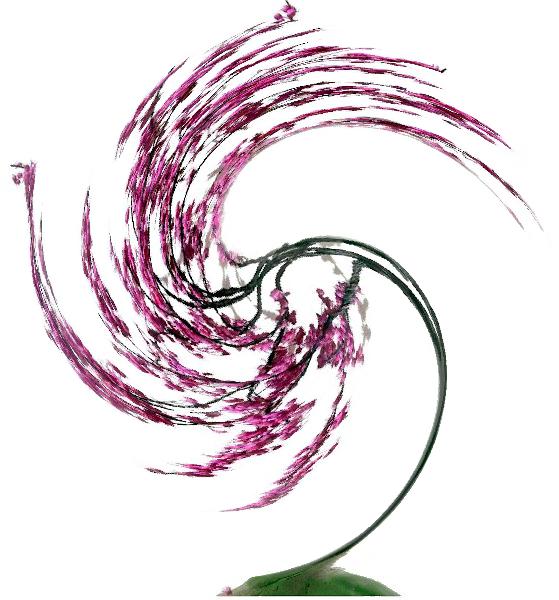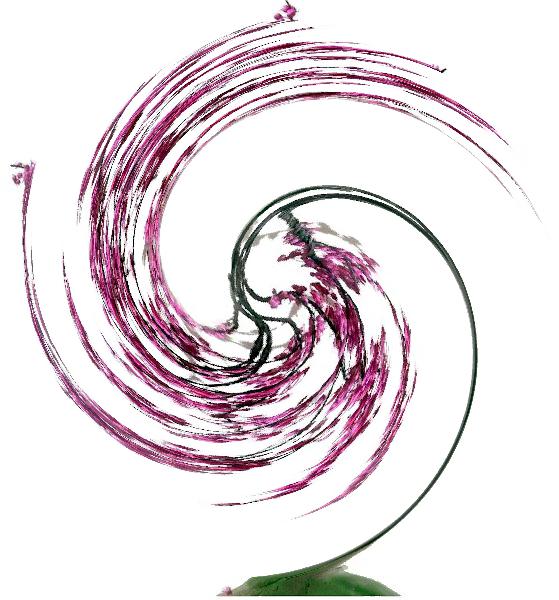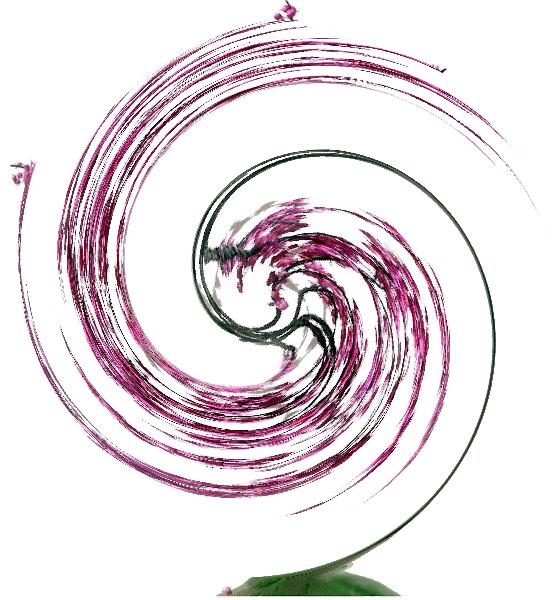Redbud Topology Seminar





The Redbud Topology Conference is a regional conference in topology and related areas, with participants from the University of Arkansas, the University of Oklahoma, Oklahoma State University, and elsewhere. Due to the ongoing coronavirus pandemic, we will hold a virtual seminar during Fall 2021 in lieu of a traditional conference. The seminar will meet Wednesdays at 4 PM via Zoom.
Dates and Speakers:
Register: A Zoom link will be sent to all registered participants.
Titles and Abstracts:
- Michael Shumate, University of Arkansas
- Title: Grid invariants for singular Legendrian links
- Abstract: If Λ1 and Λ2 are two oriented singular Legendrian links that are Legendrian isotopic, we first construct allowable front diagram representations of Λ1 and Λ2. These allowable front diagram have naturally associated singular grid diagram representatives G1 and G2, which can be related by a sequence of singular grid moves. The Legendrian invariants, λ+ and λ-, in the nonsingular grid homology theory have a natural extension to the singular grid homology theory, and are natural under the newly defined singular grid moves. This construction gives two invariants of singular Legendrian links.
- ***
- Josh Pankau, University of Oklahoma
- Title: Pseudo-Anosov stretch factors coming From Thurston's construction
- Abstract: The Nielsen–Thurston classification of mapping classes tells us that, up to isotopy, every automorphism of a closed orientable surface S is either periodic, reducible, or pseudo-Anosov. The latter case has led to a rich theory with applications in (among others) dynamical systems, number theory, and low dimensional topology. Associated to every pseudo-Anosov mapping class f is a real number λ, called the stretch factor of f. Fried proved that every stretch factor is a bi-Perron unit and conjectured that every bi-Perron unit has a power that is a stretch factor of some pseudo-Anosov homeomorphism. In this talk, I will discuss my work on showing that Fried's conjecture is true for the class of Salem numbers, as well as classifying, up to power, the stretch factors coming from a construction of pseudo-Anosov maps due to Thurston, known colloquially as Thurston's Construction.
- ***
- Neil Hoffman, Oklahoma State University
- Title: Recovering knot diagrams from triangulations
- Abstract: While the study of knots originated from manipulating knot diagrams, one can also study knots by analyzing their complements. In fact, Gordon and Luecke showed two knots are equivalent if and only if their complements are homeomorphic. There are well-known procedures for constructing a knot complement from a knot diagram. We will analyze the problem from the other perspective: constructing a knot diagram from a triangulated knot complement and describe an algorithm to produce such a diagram with an eye towards the specific challenges associated to implementing it. This is joint work Robert Haraway, Saul Schleimer and Eric Sedgwick.
- ***
- Jonathon Johnson, Oklahoma State University
- Title: Bi-orderability and pretzel knots
- Abstract: The orderability of 3–manifold groups has become a topic of interest in the last couple of decades. For example, the L–space conjecture posits a surprising relationship between the left-orderability of the fundamental group of a rational homology sphere, the foliations of that manifold, and the manifold's Heegaard Floer homology. However, the fundamental groups of 3–manifolds with positive first Betti number are always left-orderable. In particular, knot groups are left-orderable. In this situation, bi-orderability is more illuminating. In this talk, I will discuss how a technique developed by Mayland can be used to study the bi-orderability of genus one pretzel knot groups.
- ***
- Peter Patzt, University of Oklahoma
- Title: The Steinberg module in algebraic topology
- Abstract: In this talk, I will give an introduction to the applications of the Steinberg module in algebraic topology. The Steinberg module was first introduced in representation theory but later Solomon and Tits discovered a geometric description as the top homology of the Tits building. It has many applications in algebraic topology and I want to highlight a few of them. Borel and Serre found it to be the virtual dualizing module of arithmetic groups. It comes up in spectral sequences Introduced by Quillen and by Rognes that compute algebraic K–theory. And it is recently used to improve ranges of the homological stability of general linear groups in the framework of Galatius, Kupers, and Randal-Williams. This talk includes joint works with Benjamin Brück, Alexander Kupers, Jeremy Miller, Rohit Nagpal, Andrew Putman, Robin Sroka, and Jennifer Wilson.
Organizers: Matthew Clay*, Max Forester, Neil Hoffman, Yo'av Rieck*, Henry Segerman, Jing Tao.
(*local organizers)
Questions or comments? Please contact Matthew Clay.
Updated: Tue 07 Dec 2021 09:15:27 AM CST




